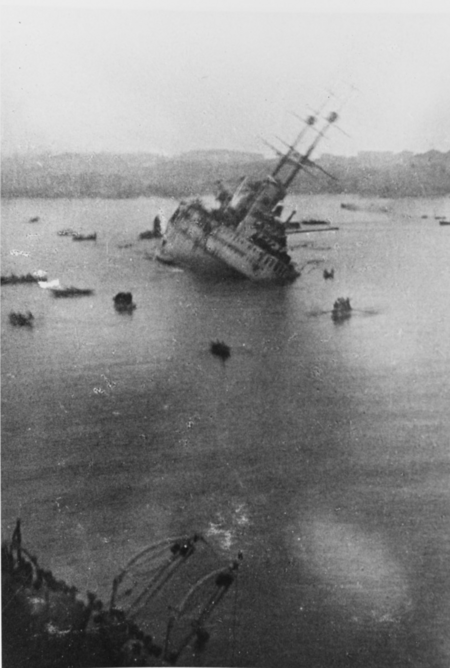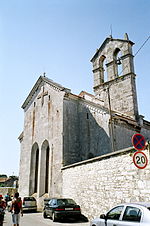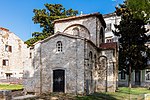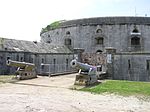Raid on Pula

The Raid on Pula (Italian: Impresa di Pola) was a maritime raid undertaken on 1 November 1918 at the end of World War I. It was carried out with a manned torpedo by two officers of the Italian Regia Marina, Raffaele Paolucci and Raffaele Rossetti, with the goal of damaging what they thought was an Austro-Hungarian fleet anchored in the bay of Pula.The fleet was handed by the Austrians to the newly established State of Slovenes, Croats and Serbs only a couple of hours before the raid, with Janko Vuković, previously an officer of the Austro-Hungarian navy, being declared the commander-in-chief of the new state's navy. The state of Slovenes, Croats and Serbs had declared neutrality in the war and informed the Allies of this shortly after taking over the armed forces on 31 October. However, the attackers were not aware of this, and rigged the main ship SMS Viribus Unitis (renamed to Jugoslavija) with explosives, which ended in the ship sinking and the death of Vuković.
Excerpt from the Wikipedia article Raid on Pula (License: CC BY-SA 3.0, Authors, Images).Raid on Pula
Selo, Grad Pula Štinjan (Pula)
Geographical coordinates (GPS) Address Nearby Places Show on map
Geographical coordinates (GPS)
| Latitude | Longitude |
|---|---|
| N 44.8767 ° | E 13.8075 ° |
Address
Beobachtungsstand
Selo
52107 Grad Pula, Štinjan (Pula)
Croatia
Open on Google Maps











